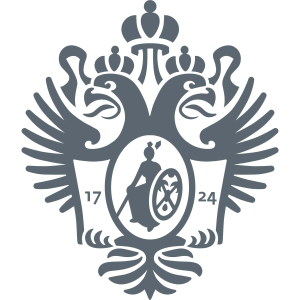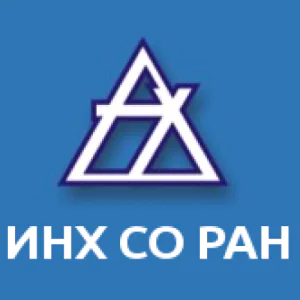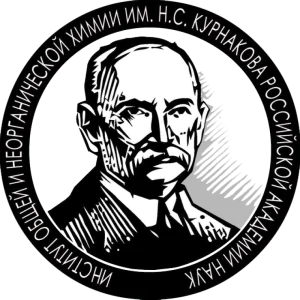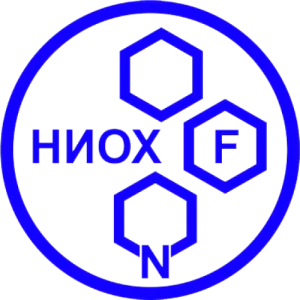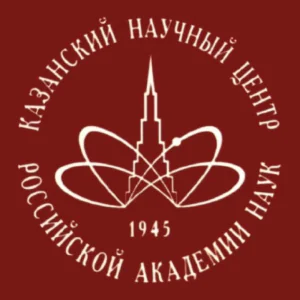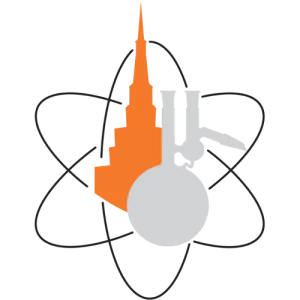Open Access


The halogen bond with isocyano carbon reduces isocyanide odor
Publication type: Journal Article
Publication date: 2020-06-10
scimago Q1
wos Q1
SJR: 4.761
CiteScore: 23.4
Impact factor: 15.7
ISSN: 20411723
PubMed ID:
32523100
General Chemistry
General Biochemistry, Genetics and Molecular Biology
General Physics and Astronomy
Abstract
Predominantly, carbon atoms of various species function as acceptors of noncovalent interactions when they are part of a π-system. Here, we report on the discovery of a halogen bond involving the isocyano carbon lone pair. The co-crystallization or mechanochemical liquid-assisted grinding of model mesityl isocyanide with four iodoperfluorobenezenes leads to a series of halogen-bonded adducts with isocyanides. The obtained adducts were characterized by single-crystal and powder X-ray diffraction, solid-state IR and 13 C NMR spectroscopies, and also by thermogravimetric analysis. The formation of the halogen bond with the isocyano group leads to a strong reduction of the isocyanide odor (3- to 46-fold gas phase concentration decrease). This manipulation makes isocyanides more suitable for laboratory storage and usage while preserving their reactivity, which is found to be similar between the adducts and the parent isocyanide in some common transformations, such as ligation to metal centers and the multi-component Ugi reaction. Carbon atoms of various species typically function as acceptors of noncovalent interactions when they are part of a π-system. Here, the authors report their discovery of a noncovalent halogen bond involving the isocyano carbon lone pair, which results in adducts with strongly reduced isocyanide odor.
Found
Nothing found, try to update filter.
Found
Nothing found, try to update filter.
Top-30
Journals
|
1
2
3
4
5
|
|
|
Crystal Growth and Design
5 publications, 7.94%
|
|
|
CrystEngComm
5 publications, 7.94%
|
|
|
Journal of Structural Chemistry
4 publications, 6.35%
|
|
|
Chemistry - A European Journal
3 publications, 4.76%
|
|
|
International Journal of Molecular Sciences
3 publications, 4.76%
|
|
|
Chemical Science
3 publications, 4.76%
|
|
|
Russian Journal of Coordination Chemistry/Koordinatsionnaya Khimiya
3 publications, 4.76%
|
|
|
Journal of Molecular Structure
2 publications, 3.17%
|
|
|
Inorganic Chemistry
2 publications, 3.17%
|
|
|
Molecules
2 publications, 3.17%
|
|
|
Nature Communications
2 publications, 3.17%
|
|
|
Chemistry - An Asian Journal
2 publications, 3.17%
|
|
|
Journal of Organic Chemistry
1 publication, 1.59%
|
|
|
Organic Chemistry Frontiers
1 publication, 1.59%
|
|
|
Inorganic Chemistry Frontiers
1 publication, 1.59%
|
|
|
Pharmaceuticals
1 publication, 1.59%
|
|
|
Inorganics
1 publication, 1.59%
|
|
|
Chemistry of Heterocyclic Compounds
1 publication, 1.59%
|
|
|
Russian Chemical Bulletin
1 publication, 1.59%
|
|
|
Chemical Physics Letters
1 publication, 1.59%
|
|
|
Journal of Computational Chemistry
1 publication, 1.59%
|
|
|
Journal of Physical Chemistry Letters
1 publication, 1.59%
|
|
|
Chemical Reviews
1 publication, 1.59%
|
|
|
ACS Omega
1 publication, 1.59%
|
|
|
Chemical Society Reviews
1 publication, 1.59%
|
|
|
Dalton Transactions
1 publication, 1.59%
|
|
|
Chemical Communications
1 publication, 1.59%
|
|
|
New Journal of Chemistry
1 publication, 1.59%
|
|
|
International Journal of Biological Macromolecules
1 publication, 1.59%
|
|
|
Journal of the Indian Chemical Society
1 publication, 1.59%
|
|
|
1
2
3
4
5
|
Publishers
|
2
4
6
8
10
12
14
16
|
|
|
Royal Society of Chemistry (RSC)
15 publications, 23.81%
|
|
|
American Chemical Society (ACS)
11 publications, 17.46%
|
|
|
Pleiades Publishing
10 publications, 15.87%
|
|
|
Wiley
10 publications, 15.87%
|
|
|
MDPI
7 publications, 11.11%
|
|
|
Elsevier
4 publications, 6.35%
|
|
|
Springer Nature
4 publications, 6.35%
|
|
|
Scientific Publishers
1 publication, 1.59%
|
|
|
The Russian Academy of Sciences
1 publication, 1.59%
|
|
|
2
4
6
8
10
12
14
16
|
- We do not take into account publications without a DOI.
- Statistics recalculated weekly.
Are you a researcher?
Create a profile to get free access to personal recommendations for colleagues and new articles.
Metrics
63
Total citations:
63
Citations from 2025:
6
(9.52%)
Cite this
GOST |
RIS |
BibTex
Cite this
GOST
Copy
Mikherdov A. et al. The halogen bond with isocyano carbon reduces isocyanide odor // Nature Communications. 2020. Vol. 11. No. 1. 2921
GOST all authors (up to 50)
Copy
Mikherdov A., Novikov A. S., Boyarskiy V. P., Kukushkin V. Y. The halogen bond with isocyano carbon reduces isocyanide odor // Nature Communications. 2020. Vol. 11. No. 1. 2921
Cite this
RIS
Copy
TY - JOUR
DO - 10.1038/s41467-020-16748-x
UR - https://doi.org/10.1038/s41467-020-16748-x
TI - The halogen bond with isocyano carbon reduces isocyanide odor
T2 - Nature Communications
AU - Mikherdov, Alexander
AU - Novikov, Alexander S.
AU - Boyarskiy, Vadim P
AU - Kukushkin, Vadim Yu.
PY - 2020
DA - 2020/06/10
PB - Springer Nature
IS - 1
VL - 11
PMID - 32523100
SN - 2041-1723
ER -
Cite this
BibTex (up to 50 authors)
Copy
@article{2020_Mikherdov,
author = {Alexander Mikherdov and Alexander S. Novikov and Vadim P Boyarskiy and Vadim Yu. Kukushkin},
title = {The halogen bond with isocyano carbon reduces isocyanide odor},
journal = {Nature Communications},
year = {2020},
volume = {11},
publisher = {Springer Nature},
month = {jun},
url = {https://doi.org/10.1038/s41467-020-16748-x},
number = {1},
pages = {2921},
doi = {10.1038/s41467-020-16748-x}
}


